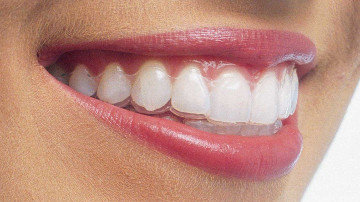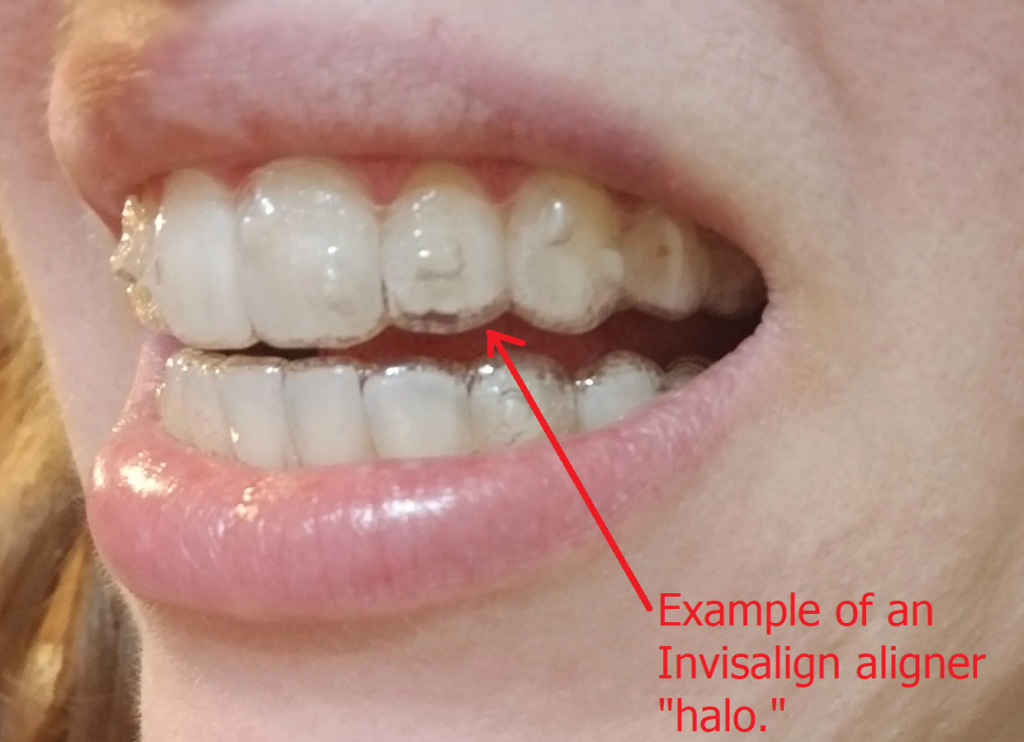What to Expect Throughout Your Invisalign Journey: A Comprehensive Introduction
Invisalign vs. Typical Dental braces: Which Option Is Right for You?
When considering orthodontic treatment, the selection in between Invisalign and standard dental braces provides a number of essential elements that merit mindful analysis. Invisalign supplies a very discreet choice with removable aligners, while conventional braces give an extra visible yet effective remedy for extreme misalignment.
Overview of Therapy Choices

In comparison, traditional dental braces include metal brackets and cords that are bonded to the teeth. This technique uses continual pressure gradually to attain alignment. While efficient for intricate orthodontic issues, conventional dental braces require regular brows through for adjustments and can present obstacles in maintaining oral hygiene because of the trouble of cleansing around brackets and cables.
Both alternatives have their benefits, and the option commonly pivots on specific dental conditions, way of life preferences, and individual conformity. Inevitably, getting in touch with an orthodontic professional is important for figuring out one of the most ideal therapy strategy customized to specific demands. Recognizing the nuances of each alternative can significantly influence the overall success of orthodontic therapy.
Visual Considerations
A substantial aspect influencing the choice in between Invisalign and conventional braces is the visual charm each therapy uses. Invisalign aligners are crafted from clear plastic, making them practically undetectable when put on.
On the other hand, standard dental braces contain metal braces and cords, which can be a lot more visible. While advancements in orthodontic innovation have caused the advancement of smaller brackets and colored elastics, typical braces still maintain a more noticeable profile. For some individuals, the presence of braces may deter them from looking for necessary treatment.
Eventually, the choice in between Invisalign and traditional dental braces might hinge on individual choices concerning visual appeals. People who prioritize discernment often favor Invisalign, while those that are less concerned regarding presence may choose for typical braces. Comprehending the visual effects of each option is vital for making an educated decision that lines up with one's way of living and choices.
Convenience and Convenience

In terms of convenience, Invisalign aligners are removable, making it possible for people to appreciate their preferred foods without limitation and keep ideal oral health. Cleaning and flossing are simplified, as the aligners can be obtained throughout these routines, whereas traditional dental braces need careful steering around brackets and wires.
Additionally, Invisalign's dynamic system enables for less orthodontic brows through. Individuals generally obtain several collections of aligners at the same time, which can improve the therapy process and lower time spent in the orthodontist's chair. In comparison, standard braces demand regular changes, making them pop over here less hassle-free for those with busy timetables. Invisalign. In general, the convenience and benefit of Invisalign make it an enticing option for several individuals looking for orthodontic treatment.
Therapy Period and Effectiveness
While both Invisalign and standard dental braces work in remedying oral misalignments, the duration of therapy can differ significantly between the two alternatives. Generally, Invisalign treatment can take anywhere from 12 to 18 months, depending upon the intricacy of the case. The clear aligners work by gradually moving teeth right into their wanted placements, and regular follow-ups with an orthodontist help guarantee development stays on course.
On the other hand, traditional braces typically need a longer dedication, normally varying from 18 months to 3 years. This results from their set nature and the usage of cords and brackets, which can be more effective for severe misalignments and complicated situations (Invisalign). The therapy effectiveness of standard braces is well-documented, as they enable for precise adjustments and greater control over tooth motion
Eventually, the choice in between Invisalign and traditional dental braces might depend upon both the awaited therapy duration and the details oral concerns handy. Consulting with an orthodontist is vital, as they can provide tailored referrals based upon specific demands, guaranteeing the picked approach aligns with wanted durations and outcomes.
Price Contrast and Insurance Coverage Choices
Cost plays a considerable role in the decision-making procedure for individuals taking into consideration orthodontic treatment, whether opting for Invisalign or conventional dental braces. On standard, Read Full Report the expense of Invisalign varieties from $3,000 to $8,000, while traditional dental braces normally cost in between $2,000 and $6,000. Aspects influencing these expenses include the intricacy of the case, the period of treatment, and geographical area.
Many dental insurance policy strategies provide partial protection for orthodontic therapies, but the specifics can vary commonly. Normally, typical dental braces might be a lot more frequently covered by insurance policy strategies compared to Invisalign, which some insurers classify as an aesthetic treatment.
In addition, several orthodontic methods use adaptable layaway plan, making both treatment options much more easily accessible. Patients ought to ask about prospective funding choices and price cuts for ahead of time settlements. Evaluating the total cost, including insurance advantages and settlement strategies, is essential for making an informed decision that straightens with both visual choices and spending plan factors to consider.

Final Thought
In summary, the choice between Invisalign and traditional braces hinges on numerous variables, consisting of visual choices, comfort, treatment period, and price. Invisalign supplies a very discreet, removable option that facilitates oral health and nutritional versatility, while conventional braces might be preferable for complicated dental issues and often come at a reduced cost point. Ultimately, appointment with an orthodontist is important to examine individual circumstances and establish one of the most suitable therapy choice for achieving optimal oral positioning.
When considering orthodontic therapy, the option in between Invisalign and standard braces offers a number of important variables that warrant careful analysis.Comparing Invisalign and typical dental braces reveals unique treatment choices for orthodontic correction.While both Invisalign and typical braces are reliable in remedying dental imbalances, the duration of therapy can vary significantly in between the two alternatives.Expense plays a substantial function in the decision-making procedure for individuals taking into consideration orthodontic therapy, whether deciding for Invisalign or standard dental braces.In summary, the selection between Invisalign and standard dental braces hinges on numerous factors, consisting of visual choices, convenience, treatment period, and price.